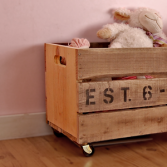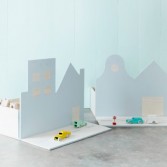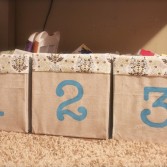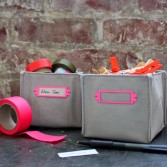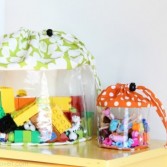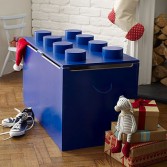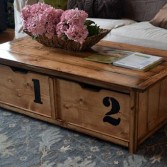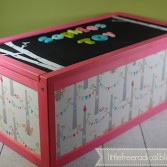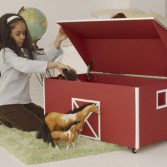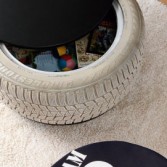10 Cool DIY Toy Box Projects
Mon, Jul 9, 2012 | 0-2, 2-4, 5-7, 8-11 | By Mike
Every kid have a lot of toys. The main problem with that is that you need to organize them. Otherwise your home would become really messy. In order to do that you can use such things as toy shelves or as toy boxes. There are plenty of toy boxes and chests in different stores like IKEA but imagine how happy your kid would be if you make such box by yourself. In order to help you with that I’ve gathered 10 cool DIY tutorials that definitely will provide you with inspiration.
- DIY Vintage Crate Carts As Toys Storage (via ana-white)
- DIY Toy Chest That Acts As A Toy (via shelterness)
- Numbered DIY Toy Storage Boxes (via thecsiproject)
- DIY Sewed Fabric Boxes That Can Be Used To Store Toys (via designsponge)
- DIY Transparent Storage Boxes For Kids Toys (via shelterness)
- DIY Lego Toy Box (via curbly)
- DIY Coffee Table That Hides A Toy Box (via ana-white)
- DIY IKEA’s Apa Toy Box (via littlefreeradical)
- DIY Toy Chest That Looks Like A Barn (via thisoldhouse)
- Recycled DIY Toy Box (via shelterness)

